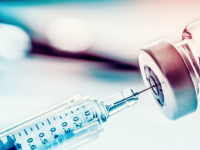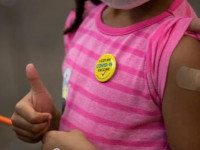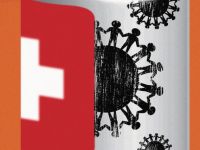-
The number of participants was very low In the US Pfizer trial on 12-15-year-olds, just 2,260 children took part. Only 1,131 children actually got the vaccine. This sample of children is far too small to be representative of all the world’s 12-15-year-olds. Rare but serious side-effects are unlikely to be picked up in a trial of this size.
-
No biodistribution studies were made public A biodistribution study tracks where the vaccine goes once it’s inside the body. This is a standard part of drug safety testing, and particularly important for a new type of vaccine (such as an mRNA vaccine). At the moment there is no official trial data about where the vaccine might go in your child’s body.
However, a group of scientists recently obtained Pfizer’s confidential biodistribution study from the Japanese regulator. This showed that the vaccine’s lipid nanoparticles were distributed to almost all organs shortly after it was administered. Particularly strong concentrations were found in the liver, spleen, adrenal glands, testes and ovaries.
-
There have been no independent tests for safety or effectiveness The vaccine trial was conducted by the vaccine manufacturer, who stands to gain financially from its use. Raw trial data is not yet available for impartial scrutiny or peer review, and won’t be for a further two years after the trial ends. (The trial ends in 2023, although Pfizer are trying to bring this date forward – which would mean even less safety data.)
-
The placebo group will be offered the vaccine after just a few months Standard practice is to monitor the placebo group against the vaccinated group for a number of years, to compare them for long-term health outcomes. Pfizer are keen to give the vaccine to the placebo group after just a few months however, meaning we will miss out on this valuable information about long-term safety. They have already started doing this with the placebo group from the adult vaccine trial.
-
The vaccine has only been tested on healthy children with no prior evidence of SARS-CoV-2 infection This means we don’t have any data about how the vaccine will affect children with existing health conditions. And we don’t know how children who have already had Covid-19 will react to the vaccine.
We think it’s safer to wait for more data before giving children the Covid-19 vaccine.
References and further reading:
https://www.bmj.com/content/373/bmj.n1244 https://www.pfizer.com/news/press-release/press-release-detail/pfizer-biontech-announce-positive-topline-results-pivotal https://www.cnbc.com/2021/03/25/covid-vaccine-pfizer-begins-trial-on-infants-and-young-kids.html https://jamanetwork.com/journals/jama/fullarticle/2774382 https://trialsitenews.com/did-pfizer-fail-to-perform-industry-standard-animal-testing-prior-to-initiation-of-mrna-clinical-trials/ https://www.docdroid.net/xq0Z8B0/pfizer-report-japanese-government-pdf#page=17 https://blogs.bmj.com/bmj/2021/01/04/peter-doshi-pfizer-and-modernas-95-effective-vaccines-we-need-more-details-and-the-raw-data/





